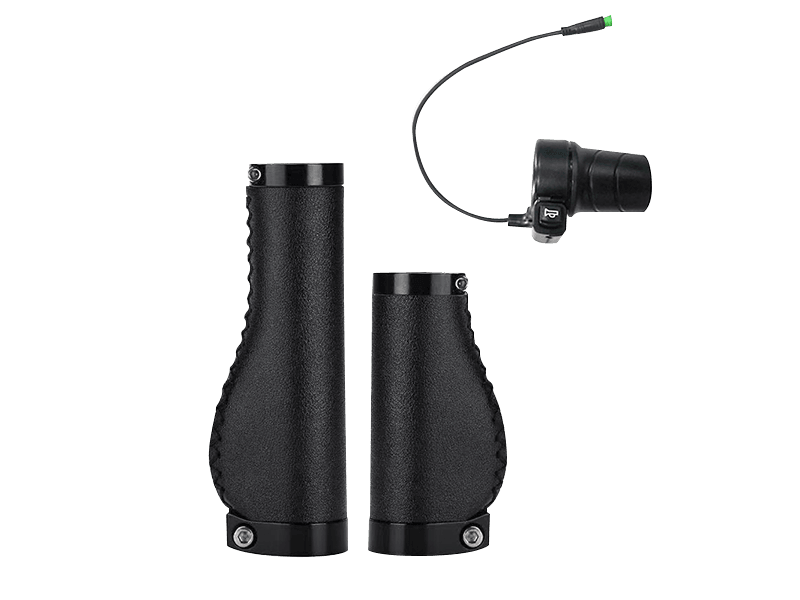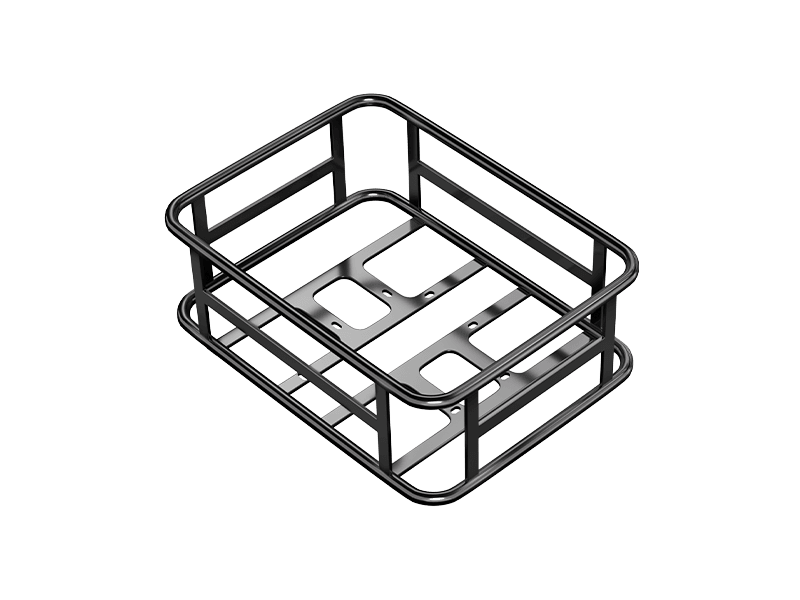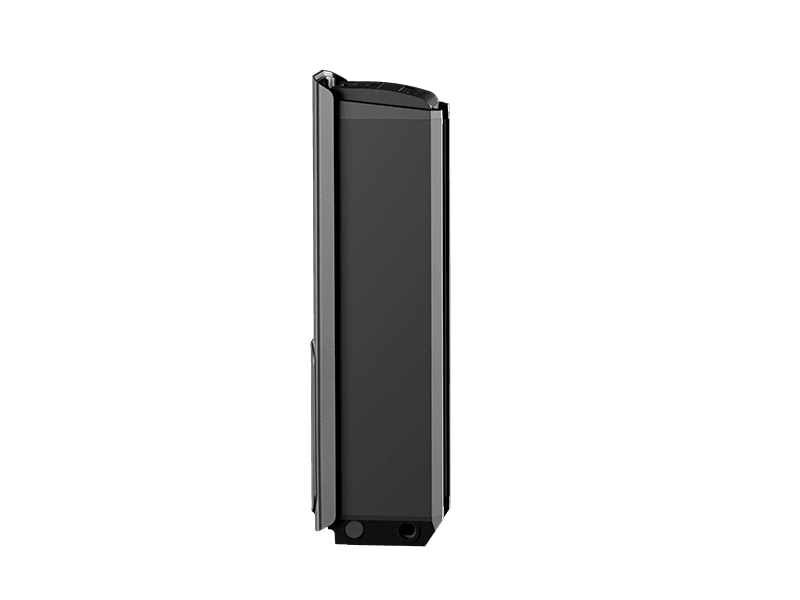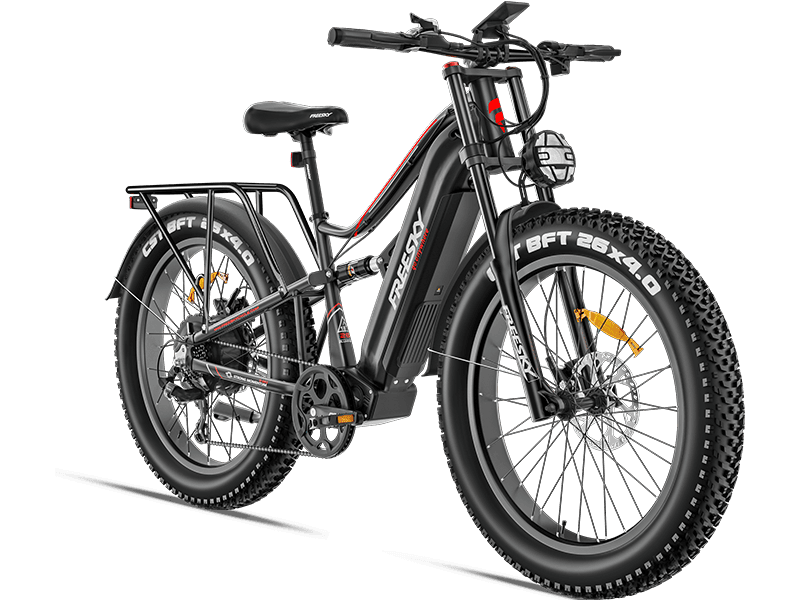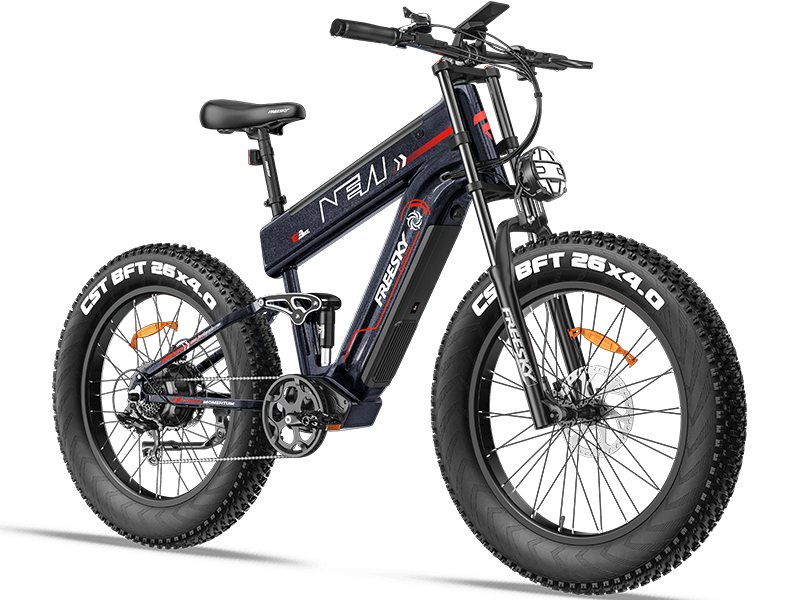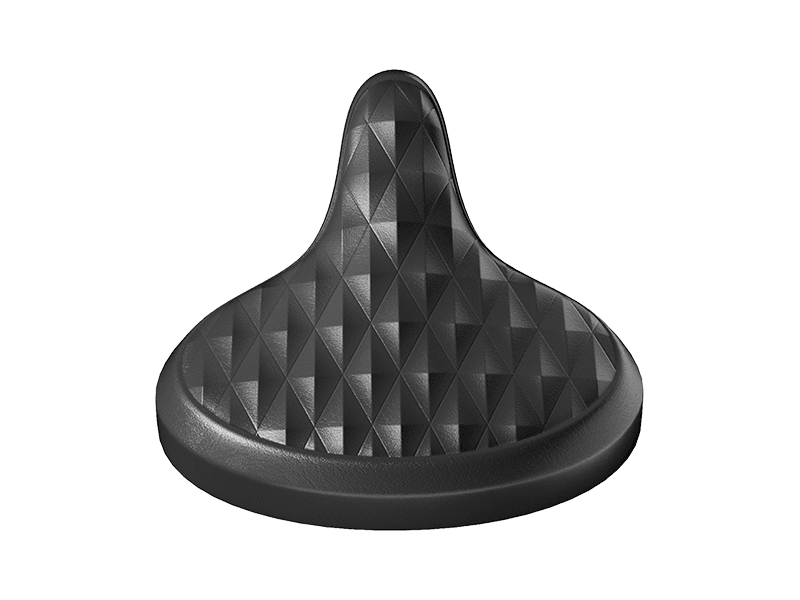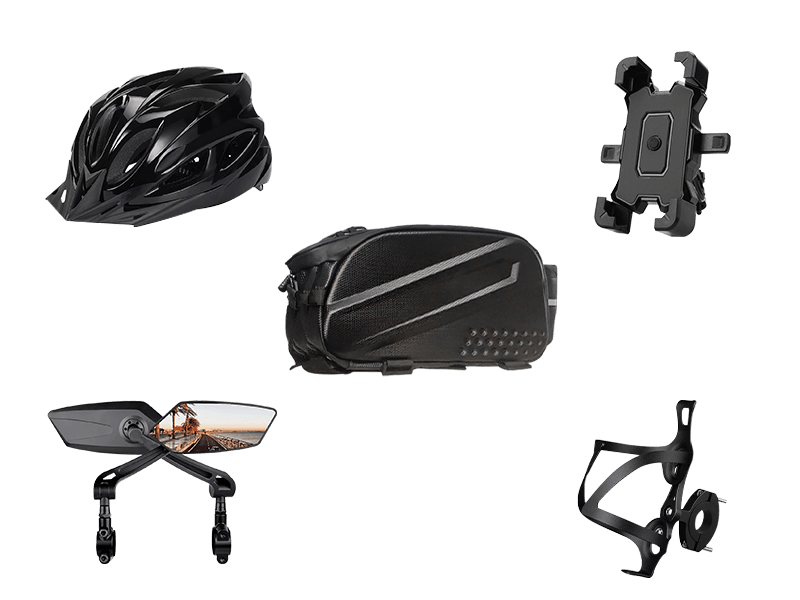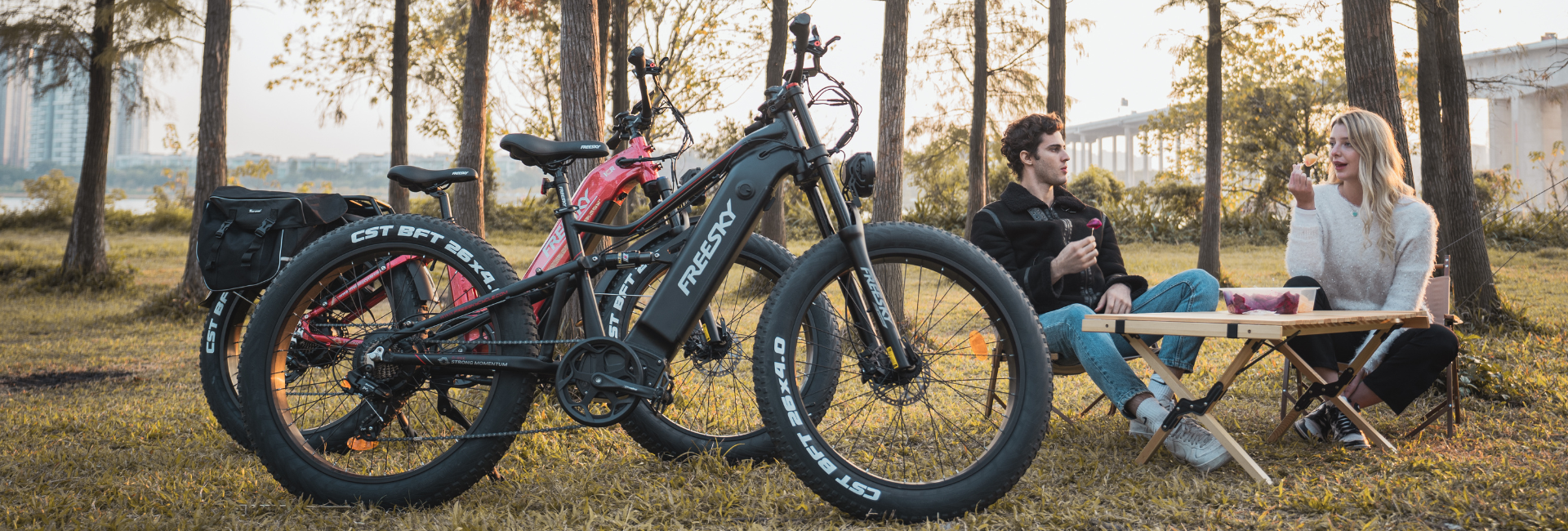The Utility of Lockable Suspension Forks
MAR 17, 2024
In the world of bicycles, the fork is a crucial component that plays a pivotal role in the overall performance and handling of the machine. Among the various types of forks available, the lockable suspension fork stands out as a unique and versatile option, offering riders the best of both worlds: the smooth ride of a suspension fork and the stiffness and precision of a rigid fork. This article delves into the question, "What is the use of a lockable suspension fork?" exploring its various benefits and applications.
The basic concept of suspension forks:
To understand the utility of a lockable suspension fork, it is essential to grasp the basic concept of suspension forks. Suspension forks are designed to absorb the shocks and impacts encountered on uneven terrain, such as bumps, rocks, and roots. They accomplish this by allowing the fork legs to compress and rebound, effectively decoupling the rider and the bike from the harshest vibrations of the trail. This not only enhances comfort but also improves control and reduces fatigue over long rides.
Why need lockable suspension fork?
However, there are situations where a fully active suspension fork may not be ideal. On smooth roads or during high-speed descents, a rigid fork offers greater precision and steering response. This is where the lockable suspension fork comes into play. By locking out the suspension, riders can enjoy the stiffness and responsiveness of a rigid fork when needed, while still retaining the option to unlock it for more challenging terrain.
The lockable suspension fork is a testament to the evolving needs of cyclists and the innovation in bicycle technology. It caters to riders who participate in a diverse range of activities, from commuting to trail riding, and everything in between. For instance, a cyclist commuting to work on smooth city roads may prefer the locked-out setting for a direct and responsive ride. But on the weekend, when exploring off-road trails, the same cyclist can unlock the fork to enjoy a smoother ride over rough terrain.
The lockable feature is typically achieved through a mechanical or hydraulic lockout mechanism. These systems allow the rider to quickly and easily switch between locked and unlocked modes, often with the simple twist of a lever or the push of a button. This convenience is crucial, as riders often need to adjust their forks on the fly, depending on the terrain and riding conditions.
The use of a lockable suspension fork also extends to the realm of performance racing. In competitive events, every second and every ounce of control counts. Riders can use the lockout feature to maximize their efficiency on smooth sections of the course, while relying on the suspension's damping capabilities to tackle rougher patches. This flexibility allows racers to optimize their bike's setup for different race conditions, potentially giving them a competitive edge.
Moreover, the lockable suspension fork is beneficial for riders with specific physical needs or preferences. For instance, riders with back or joint issues may find the locked-out setting more comfortable on certain rides, as it reduces the amount of flex and movement in the front end of the bike. On the other hand, those seeking a more forgiving ride on long-distance tours or enduro races may appreciate the ability to unlock the fork for added comfort.
In addition to its practical benefits, the lockable suspension fork also contributes to the overall versatility of a bicycle. With a single bike, riders can tackle a wide range of riding scenarios, from pavement to dirt, without the need for significant modifications or the purchase of multiple bikes. This versatility not only saves money but also simplifies the process of packing and transporting a bike for multi-day trips or races.
It's worth noting that while the lockable suspension fork offers significant advantages, it is not without its limitations. The additional complexity and mechanisms of the lockout system can add weight and potentially decrease the fork's overall durability. Riders should carefully consider their needs and riding style before investing in such a fork, to ensure it aligns with their specific requirements.
Conclusion
In conclusion, the lockable suspension fork is a valuable tool for cyclists seeking the best of both worlds in terms of ride comfort and handling precision. Its ability to adapt to different riding conditions and scenarios makes it a highly versatile and practical addition to any bike. Whether commuting to work, exploring off-road trails, or competing in races, the lockable suspension fork offers riders the freedom and flexibility to enjoy their cycling experience to the fullest.


